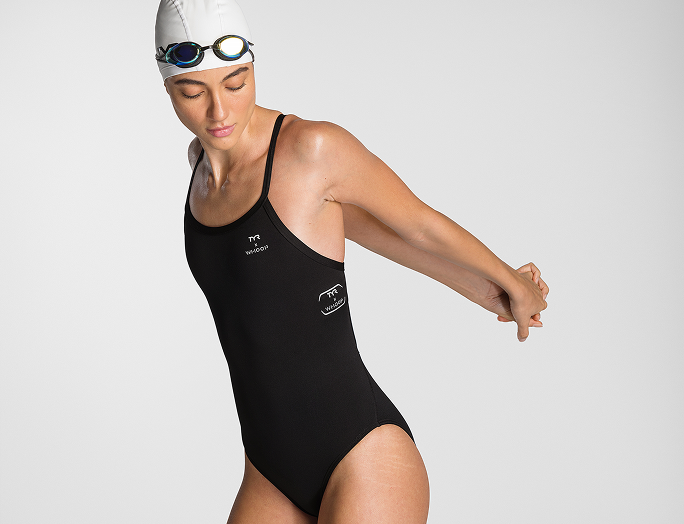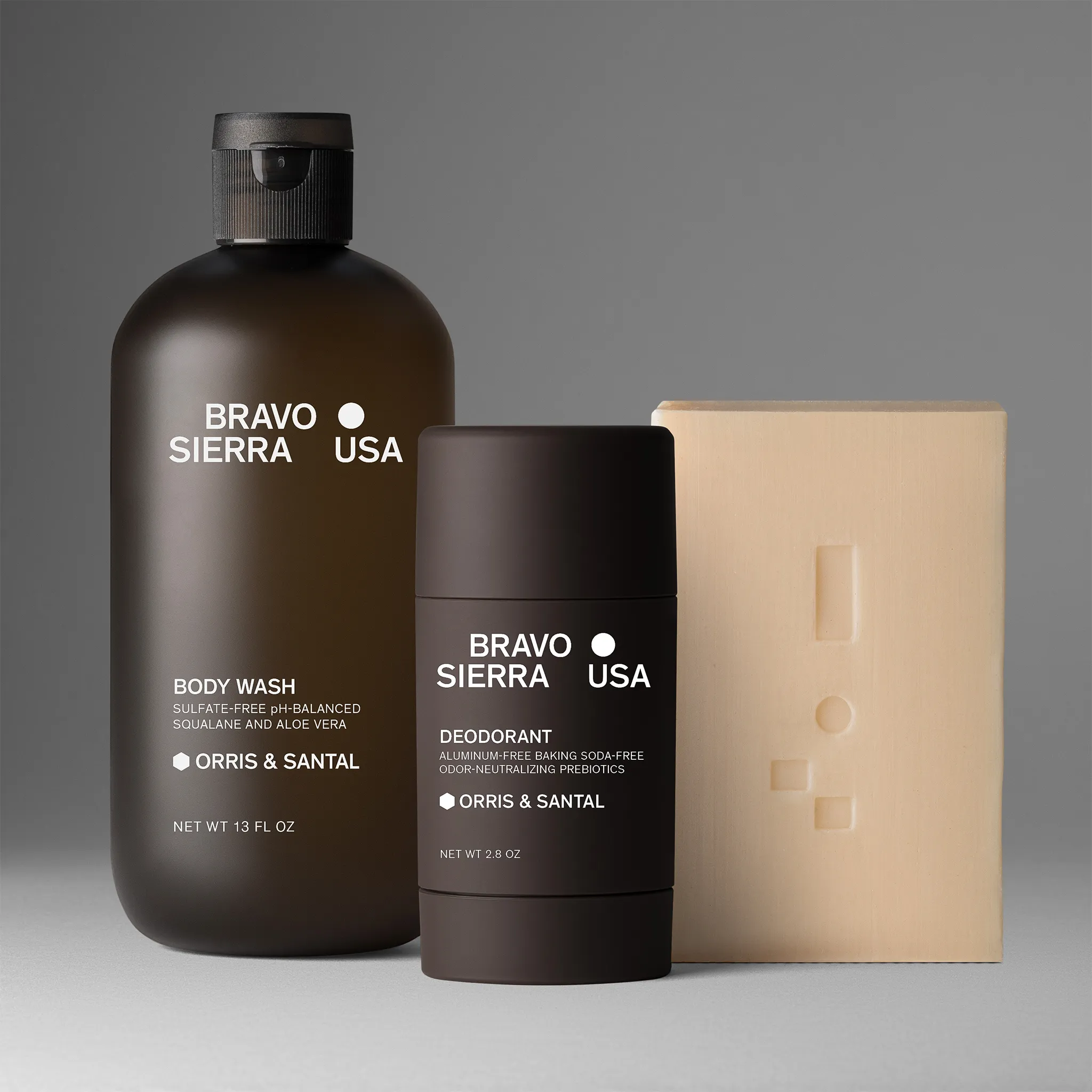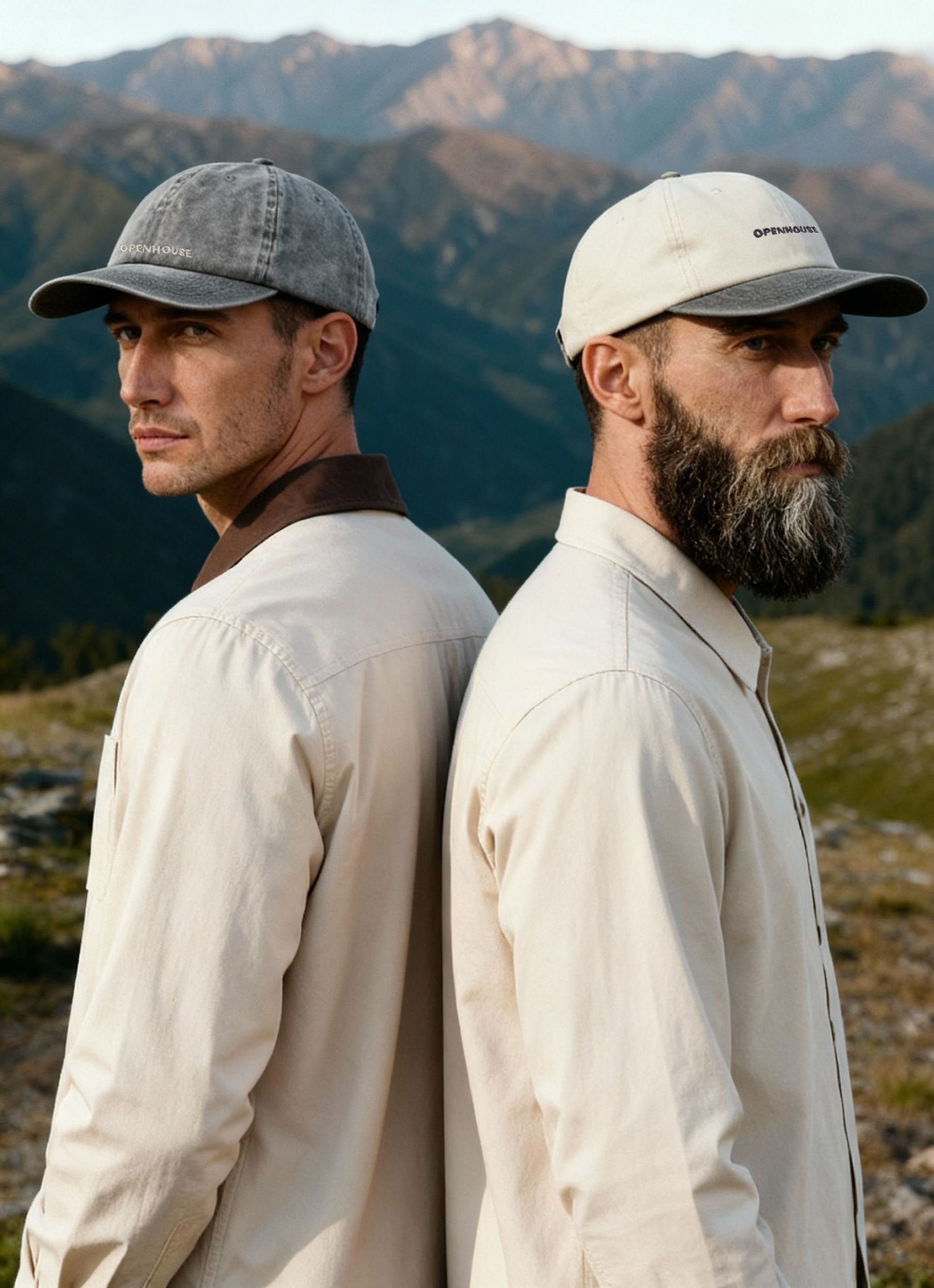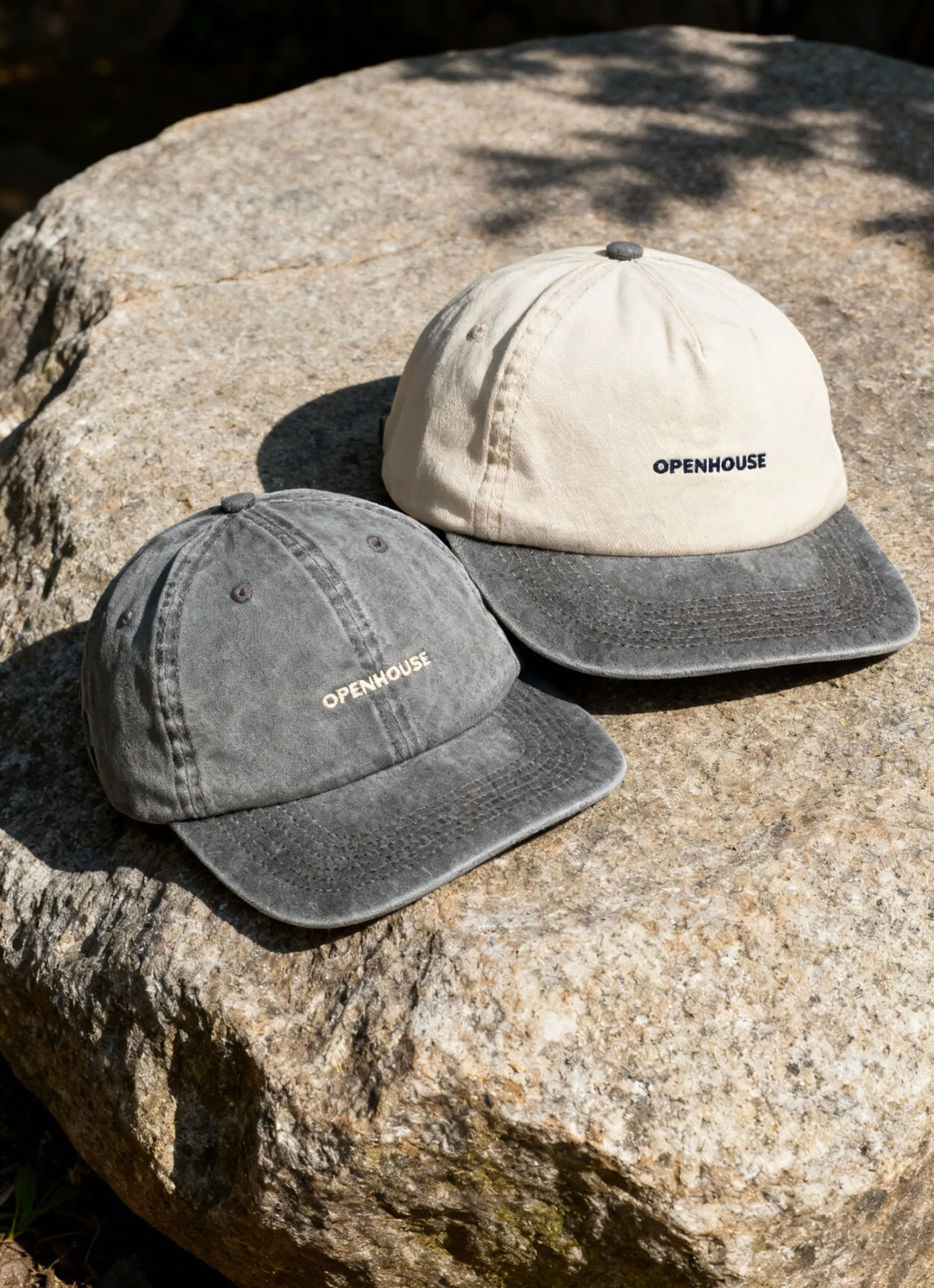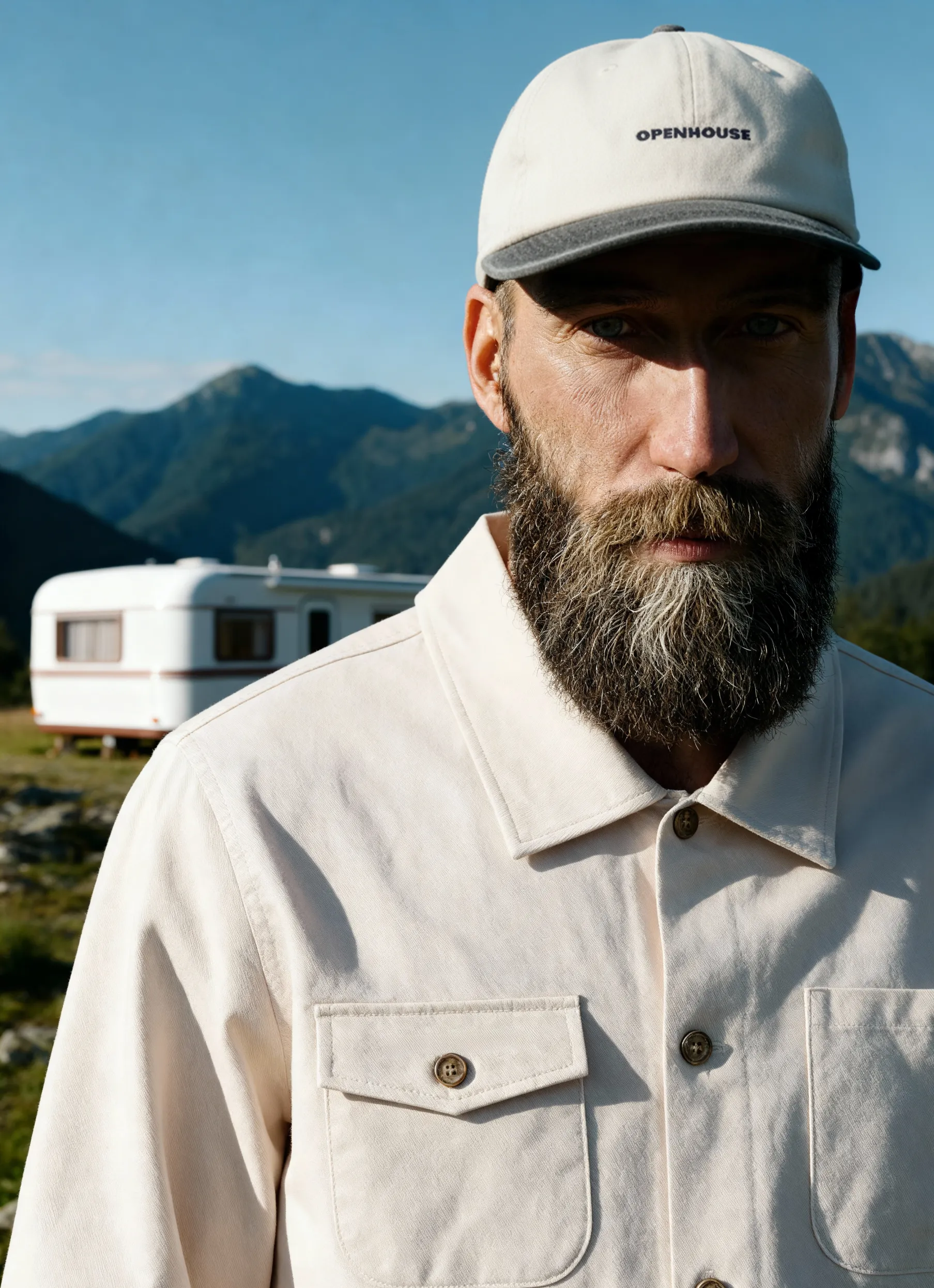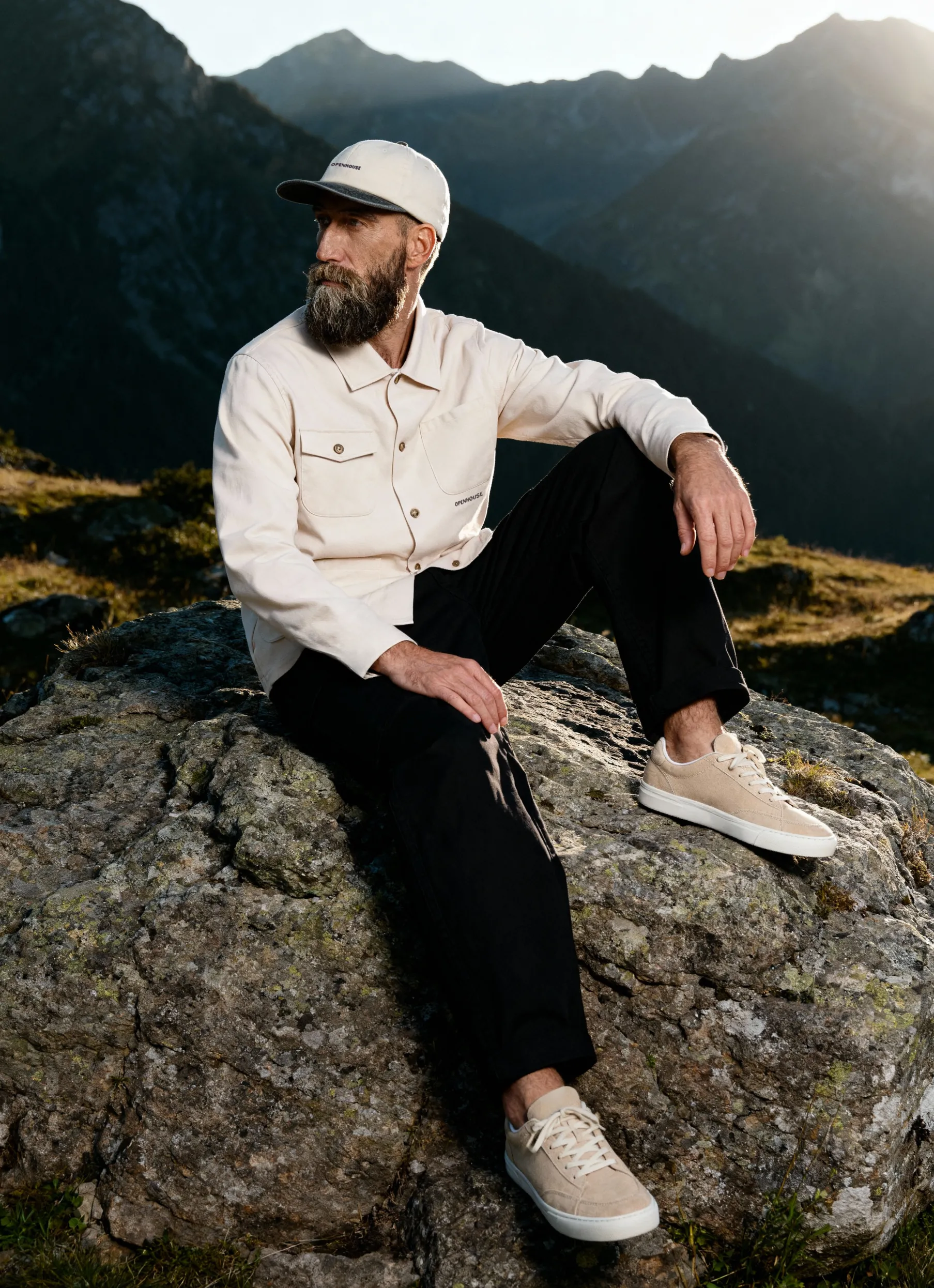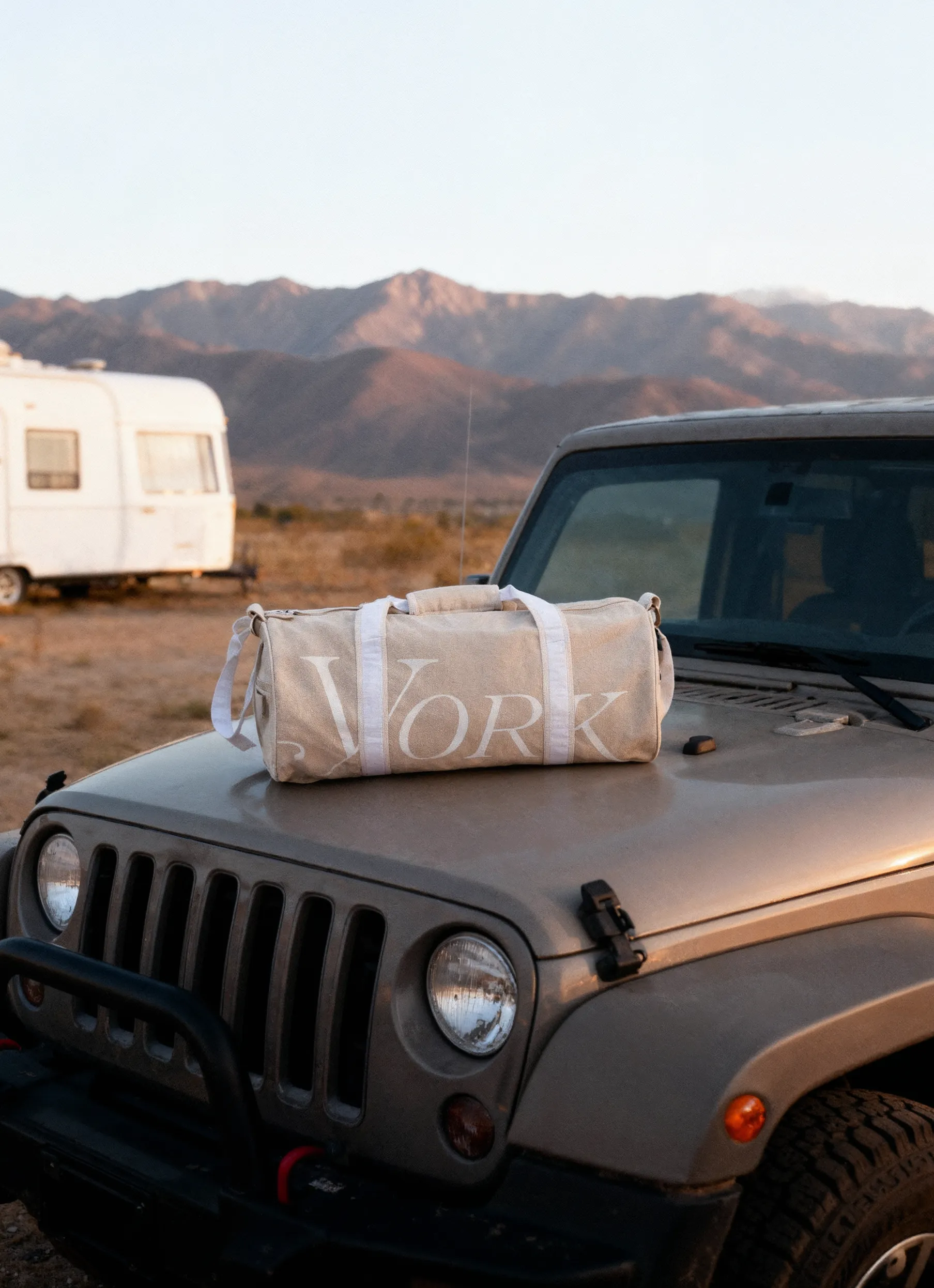Image quality, as a concept, can often be misinterpreted.
Everyone defines its meaning differently based on their own expertise, the platform of choice (different platforms require different resolutions and content types), and technical knowledge.
For most consumer businesses image quality often means meeting their individual expectations and platform requirements. Thus, from client to client the same concept can vary drastically.
To get on the same page, we'd like to explore this concept deeper – break it down into separate components. We started by asking Mitya Kovalenko, the Chief Quality Officer and co-founder of Squareshot, to give his definition:
A photo can be considered of high quality if it: Realistically translates the color of the product, showcases its key attributes – form, physical characteristics, material, and meets technical requirements – resolution, framing/margins and correct file format.
Is there such thing as best quality?
Let's begin by destroying the myth of "the absolute best quality" because often it can be misleading.
Once you start asking questions best for what? (platform) and best for who (client), you start to get very different renditions of best. That's why we like to use "most fitting", as it's the more relevant approach to measuring quality.
Seeking the absolute best affects the pricing and turnaround time. The extra 15% of quality that you might get will usually cost you an additional 75%. If you do large-scale printing or advertising, it might be just worth it. In other cases, the extra 15% won't be noticed, especially by those who consume content through phones.
What resolution you will need
Resolution is the first thing people think when they hear the word quality (within product photography). And yes, it's important to get the basics right with this one, so that your photos match the requirements of platforms they will be displayed on.
The majority of high-quality images are shot at 300dpi* (standard print quality) and then downsampled* to 96 dpi or 72 dpi (standard digital quality). To produce high-end print images, at 2400dpi, you'd have to invest in expensive gear. These images will cost you thousands of dollars.
When it comes to the actual size of the images, also known as PPI, platforms have individual requirements. Amazon, for example, asks for 1024 square pixels images, while Shopify 2048 square pixels. In both cases, customers will be able to zoom in on a product, but that reduces the product in quality.
.jpeg)
To have more control over what the buyer sees, we recommend shooting close-ups to highlight material, build, and USP*, instead of relying on platform built-in instruments.
Resolution is important, but it's not everything
For Squareshot, product image quality goes beyond resolution. We look at image aesthetics and technical aspects as much as we look at the function of the photo. A beautifully captured image is a waste of resources if it doesn't highlight the selling points. That's why the quality will also be defined by carefully selected angles and how well it translates the physical attributes of the product to the buyer.
We built criteria that will help you to evaluate your product photos:
Color
Does the image accurately depict the real color of your product? Different lighting can result in color manipulation, that's why at Squareshot we use Color Passport* to ensure real-life representation.
Visual consistency
Does the image match other images from the shoot? It's easy to lose consistency from image to image. It's especially true if you shoot them on different days. At Squareshot, before each shoot, we create a style guide to maintain the same margins and product placement within a frame.
Horizon
Is your product leveled on the X and Y axes? An offset in leveling is one of the first things that indicates a poorly photographed (or retouched) image.
Symmetry
Is your product symmetrical in its form & shape? Often samples or even finished products can be asymmetrical and it becomes very noticeable under a lens. Subconsciously, this irritates the buyer's eye and reduces the product's attractiveness. At Squareshot, we create symmetry masks to match the side one to another.
If the photo is leveled, symmetrical, and has correct proportions you'll never notice it. But once these three elements are overlooked, the image instantly loses some of its ability to sell.
Color deserves an article of its own. An accurate representation of realistic color is a challenge because every step of the product photography process is capable of messing with it. Color temperature, the intensity of light, and contrast – each of these variables will manipulate the color of the product.
In response, this can negatively impact the buyer's experience when the product fails to meet his/her expectation.
Watch the lighting
There's a lot to be said about proper lighting. Even without a background in photography, it's quite easy to identify if a product was poorly lit. Lighting that's too harsh, overexposed, too dim, or too flat can and will decrease the product in attractiveness.
For this specific reason, we recommend refraining from using lightboxes, unless you are shooting cheap products for marketplaces such as AliExpress, where images have to cost a penny. Most products are unique in their form and attributes, thus, they require an individual approach (custom lighting setup) to highlight the USPs.
From left to right: proper lighting vs underexposed and flat.
Pre-built setups for different formats (flat lay, ghost mannequin, pinned) with flexible moving parts is a great way to stay efficient and still be able to address the uniqueness of products.
Purposeful photography
The quality of the photo also derives from meeting its purpose. Brand and marketing content will always cost more and take more resources to produce. It will exceed catalog photos in props, backgrounds, and setup time. Therefore, it can be considered to be higher quality content.
Scrollable content for Instagram or Facebook feed can be of lesser quality to make its frequent production sustainable. Obviously, it can and should be of high quality if the budget allows for it. However, if you are a smaller brand, make sure that daily content isn't detrimental to your long-term budget.
Catalog photos are a great investment all around. This type of photography works for as long as the product sells. Invest money in angles and time into preparation to get the best quality shots your sale platform requires. Preparation for the shoot has a direct impact on the quality of your shots.
Don't overdo it
There's a balance to be upheld when it comes to photography and retouching. A photo is a reflection of a product and its goal is to showcase attributes, not invent them. If your product is inexpensive, but it looks like out of a magazine, the customer might feel mislead.
True story
There once was a company that sold used items from high-end brands. These items were of great quality, however, because they were used they sold at a discounted price. The company invested a lot of resources to produce very sharp, high resolution, well-lit, and professionally retouched shots.
These shots were so good that they were hard to distinguish from photos of new items sold on websites of these high-end brands.
Every time a customer was interested in an item, he/she would request the company to send in shots of real products, being under impression that these photos were taken from the actual brands. Customers would refuse to believe these shots were real.
The moral of the story is simple. Align the quality of images with the cost and status of the product. Allow for nuances and insignificant imperfections to add credibility. It also becomes simpler to meet customer's expectations once the product arrives at their doorstep.
Article glossary
*DPI – describes the amount of ink dots on a printed image.
**Downsampled – reduced in size/quality.
***USP (Unique Selling point) – Refers to the unique benefit exhibited by a company, service, product, or brand that enables it to stand out from competitors.
*****Color Passport – a reference target used in photography for color control.
Product A
SQUARE SHOT








